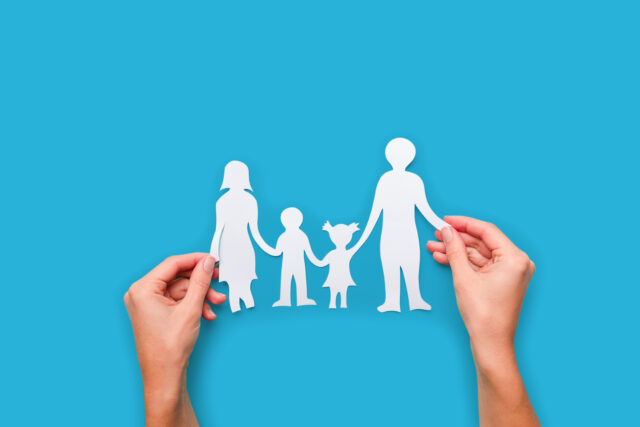
Good News on Health Insurance in Pandemic
To paraphrase a U.S. senator in 1977, the moral test of government is how it treats the sick, the poor, and children. That rings especially true during an historic public health emergency like COVID.
Congress came through with financial relief to blunt the pandemic’s impact, and the money that flowed through the economy provided more Americans with health insurance, while also reducing poverty.
Several newly released U.S. Census reports “show how much vigorous policies can do to prevent poverty and preserve access to health care,” the Center on Budget and Policy Priorities concluded.
The Uninsured. During the pandemic, the share of all adults lacking health insurance declined from 9.2% in 2019 to 8.6% in 2021, reversing the trend of a rising uninsured rate in prior years. The rate dropped as Congress improved access and affordability during COVID by passing large premium reductions for policies purchased on the federal and state exchanges and by requiring states that receive Medicaid funds to expand their coverage of poor and low-income workers during the pandemic.
Congress has extended the premium reductions through 2025, but the federal enhancements to Medicaid are set to expire, leaving states to determine the extent to which they will cover their low-income workers in the future.
The Poor. The COVID aid passed by Congress lifted nearly 14 million Americans out of poverty over the past two years, according to Census. This statistic aligns with earlier research showing the financial assistance was particularly effective in helping low-income workers and people who were struggling financially prior to the pandemic.
The official poverty rate, at 11.6 percent in 2021, was largely unchanged, Census said. But an alternative poverty measure that better reflects the impact of the government assistance – the Supplemental Poverty Measure, or SPM – dropped for a third consecutive year to 7.8 percent, which is its lowest level since this estimate was first published six decades ago. Poverty experts argue the SPM is better in this instance because it includes items the standard poverty measure does not, such as the special child care payments to parents and the federal stimulus payments and enhanced unemployment benefits passed by Congress.
Children. The SPM for children was slashed in half last year, to 5.2 percent, which was widely seen as a response to Congressional approval of the temporary cash payments to parents.
On the health insurance front, some 475,000 more children were also covered in 2021 than in 2020, and their uninsured rate dropped to just 5 percent. The Census Bureau credited the increase in coverage to two health insurance programs for poor and lower-income families and children: Medicaid and the Children’s Health Insurance Program known as CHIP.
The nation’s insured and poverty rates have improved. But the future is uncertain because most of this financial assistance is expiring.
Squared Away writer Kim Blanton invites you to follow us on Twitter @SquaredAwayBC. To stay current on our blog, please join our free email list. You’ll receive just one email each week – with links to the two new posts for that week – when you sign up here. This blog is supported by the Center for Retirement Research at Boston College.






